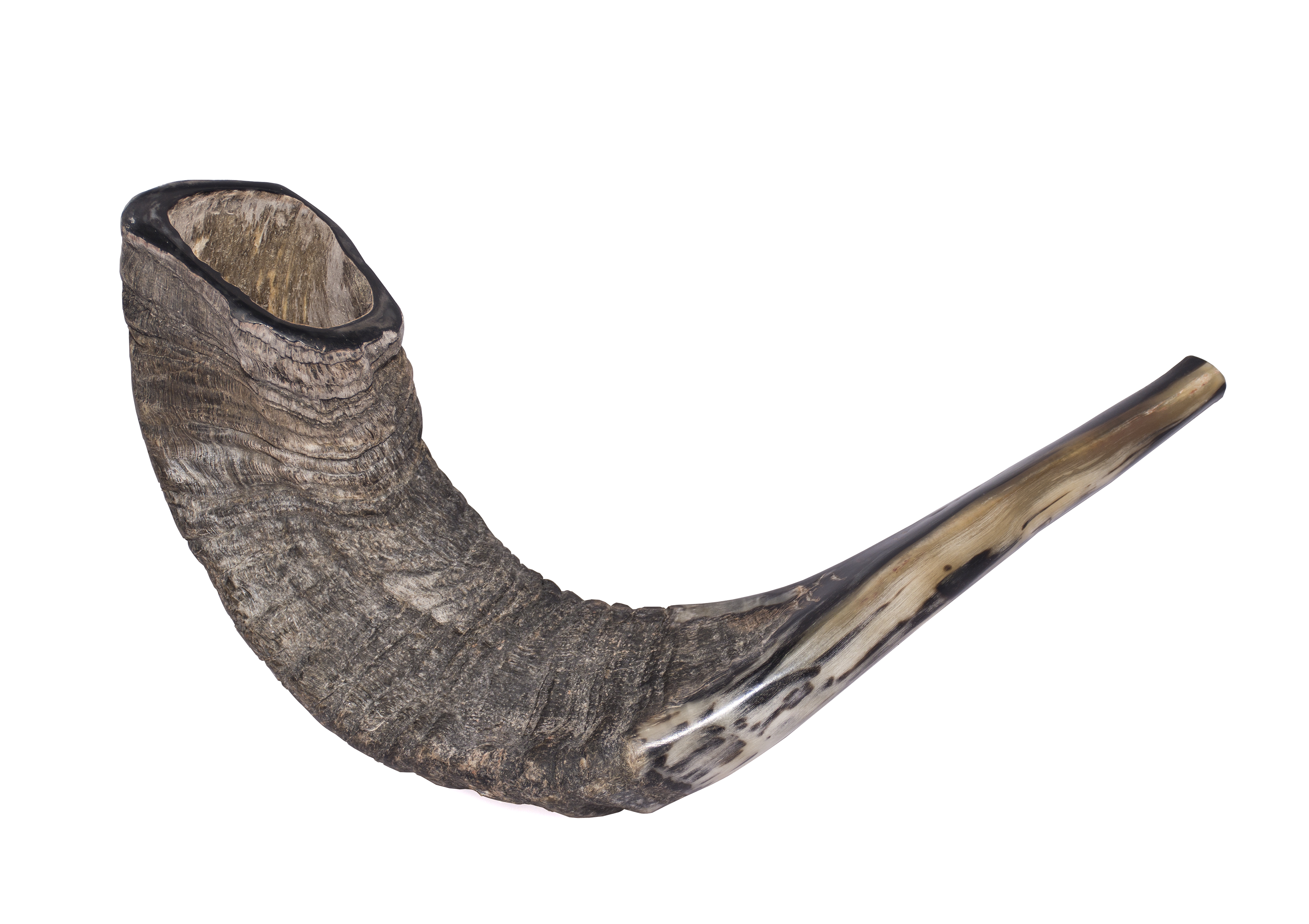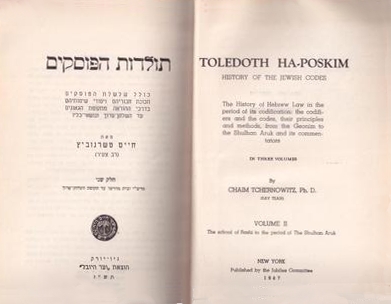|
Etrog (ritual)
Etrog ( he, אֶתְרוֹג, plural: '; Ashkenazi Hebrew: ', plural: ') is the yellow citron or ''Citrus medica'' used by Jews during the week-long holiday of Sukkot as one of the four species. Together with the ''lulav'', ''hadass'', and '' aravah'', the ''etrog'' is taken in hand and held or waved during specific portions of the holiday prayers. Special care is often given to selecting an ''etrog'' for the performance of the Sukkot holiday rituals. Etymology The romanization of the Hebrew word as ''etrog'' according to the Sephardic pronunciation is widely used. The Ashkenazi Hebrew pronunciation is ''esrog'' or ''esrig''. It has been transliterated as ''ethrog'' or ''ethrogh'' in scholarly work. The Hebrew word is thought to derive from the Persian name for the fruit, ''turunj'' (), likely borrowed via Aramaic. The Arabic word ''utroj'' or ''etroj'' (or etrog in Egyptian Arabic) أُتْرُجِّ means ''Citrus medica''. Taxonomy In Modern Hebrew, ''etrog'' is the name ... [...More Info...] [...Related Items...] OR: [Wikipedia] [Google] [Baidu] |
Taxonomy (biology)
In biology, taxonomy () is the scientific study of naming, defining ( circumscribing) and classifying groups of biological organisms based on shared characteristics. Organisms are grouped into taxa (singular: taxon) and these groups are given a taxonomic rank; groups of a given rank can be aggregated to form a more inclusive group of higher rank, thus creating a taxonomic hierarchy. The principal ranks in modern use are domain, kingdom, phylum (''division'' is sometimes used in botany in place of ''phylum''), class, order, family, genus, and species. The Swedish botanist Carl Linnaeus is regarded as the founder of the current system of taxonomy, as he developed a ranked system known as Linnaean taxonomy for categorizing organisms and binomial nomenclature for naming organisms. With advances in the theory, data and analytical technology of biological systematics, the Linnaean system has transformed into a system of modern biological classification intended to reflect the evolu ... [...More Info...] [...Related Items...] OR: [Wikipedia] [Google] [Baidu] |
Shofar
A shofar ( ; from he, שׁוֹפָר, ) is an ancient musical horn typically made of a ram's horn, used for Jewish religious purposes. Like the modern bugle, the shofar lacks pitch-altering devices, with all pitch control done by varying the player's embouchure. The shofar is blown in synagogue services on Rosh Hashanah and at the end of Yom Kippur; it is also blown every weekday morning in the month of Elul running up to Rosh Hashanah. Shofars come in a variety of sizes and shapes, depending on the choice of animal and level of finish. Bible and rabbinic literature The shofar is mentioned frequently in the Hebrew Bible, the Talmud and rabbinic literature. In the first instance, in , the blast of a shofar emanating from the thick cloud on Mount Sinai makes the Israelites tremble in awe. The shofar was used to announce the new moon and the Jubilee year. The first day of Tishrei (now known as Rosh Hashana) is termed a "memorial of blowing", or "day of blowing", the shofar. ... [...More Info...] [...Related Items...] OR: [Wikipedia] [Google] [Baidu] |
Shofar
A shofar ( ; from he, שׁוֹפָר, ) is an ancient musical horn typically made of a ram's horn, used for Jewish religious purposes. Like the modern bugle, the shofar lacks pitch-altering devices, with all pitch control done by varying the player's embouchure. The shofar is blown in synagogue services on Rosh Hashanah and at the end of Yom Kippur; it is also blown every weekday morning in the month of Elul running up to Rosh Hashanah. Shofars come in a variety of sizes and shapes, depending on the choice of animal and level of finish. Bible and rabbinic literature The shofar is mentioned frequently in the Hebrew Bible, the Talmud and rabbinic literature. In the first instance, in , the blast of a shofar emanating from the thick cloud on Mount Sinai makes the Israelites tremble in awe. The shofar was used to announce the new moon and the Jubilee year. The first day of Tishrei (now known as Rosh Hashana) is termed a "memorial of blowing", or "day of blowing", the shofar. ... [...More Info...] [...Related Items...] OR: [Wikipedia] [Google] [Baidu] |
Beth Alpha
Beth Alpha (; ''Bet Alpha'', ''Bet Alfa'') is a sixth-century CE synagogue located at the foot of the northern slopes of the Gilboa mountains near Beit She'an, Israel.Avigad, "Beth Alpha", ''Encyclopaedia Judaica'', 190. It is now part of Bet Alfa Synagogue National Park and managed by the Israel Nature and Parks Authority. Excavations The Beth Alpha synagogue was uncovered in 1928 by members of the nearby Kibbutz Hefzibah, who stumbled upon the synagogue's extensive mosaic floors during irrigation construction. Excavations began in 1929 under the auspices of the Hebrew University of Jerusalem and were led by Israeli archaeologist, Eleazar Sukenik. A secondary round of excavations, sponsored by the Israel Antiquities Authority in 1962, further explored the residential structures surrounding the synagogue. In addition, a hoard of 36 Byzantine coins were found in a shallow depression in the floor apse. Architecture Architectural remains from the Beth Alpha synagogue indicate tha ... [...More Info...] [...Related Items...] OR: [Wikipedia] [Google] [Baidu] |
Yad Ben Zvi
Yad Ben Zvi ( he, יד יצחק בן-צבי), also known as the Ben-Zvi Institute, is a research institute and publishing house named for Israeli president Yitzhak Ben-Zvi in Jerusalem. History Yad Ben-Zvi is a research institute established to continue the Zionist, educational and cultural activities of Israel's second and longest serving president, Yizhak Ben–Zvi. It is housed in the home and offices of Ben-Zvi and his wife, Rachel Yanait, in Jerusalem's Rehavia neighborhood. Ben-Zvi founded the institute in 1947 to explore the history and culture of the Jewish communities living in Arab countries. It houses a library of manuscripts, rare books and a photographic archive, and runs an academic publishing house. In 1956, the Institute began its publication of the Annual, ''Sefunot'', a journal that publishes articles on Jewish communities in the East, from the end of the Middle Ages to the present. In 1979, it began publishing the Quarterly, ''Pe'amim: Studies in Oriental Jew ... [...More Info...] [...Related Items...] OR: [Wikipedia] [Google] [Baidu] |
Or Torah Synagogue
The Or Torah or Djerba Synagogue is a Tunisian synagogue in Acre, Israel, built after the El Ghriba synagogue on Djerba. The building was erected in 1955. The building is covered with millions of mosaics inside which have been manufactured at Kibbutz Eilon. The building has 140 stained glass windows and a dome. See also * History of the Jews in Tunisia The history of the Jews in Tunisia extended nearly two thousand years and goes back to the Punic era. The Jewish community in Tunisia is no doubt older and grew up following successive waves of immigration and proselytism before its develo ... External links Goisrael: The Torah Synagogue SourcesGo Israel Synagogues in Israel Sephardi Jewish culture in Israel Sephardi synagogues Buildings and structures in Acre, Israel Synagogues completed in 1955 Tunisian-Jewish culture in Israel 1955 establishments in Israel Synagogue buildings with domes {{Israel-synagogue-stub ... [...More Info...] [...Related Items...] OR: [Wikipedia] [Google] [Baidu] |
Menorah (Temple)
The menorah (; he, מְנוֹרָה ''mənōrā'', ) is a seven-branched candelabrum that is described in the Hebrew Bible as having been used in the Tabernacle and in the Temple in Jerusalem. Since antiquity, it has served as a symbol of the Jewish people and Judaism in both the Land of Israel and the Diaspora; it is depicted on the Israeli national emblem. According to the Hebrew Bible, the menorah was made out of pure gold, and the only source of fuel that was allowed to be used to light the lamps was fresh olive oil. Biblical tradition holds that Solomon's Temple was home to ten menorahs, which were later plundered by the Babylonians; the Second Jewish Temple is also said to have been home to a menorah. Following the Roman besiegement of Jerusalem in 70 CE, the menorah was taken to Rome; the Arch of Titus, which still stands today, famously depicts the menorah being carried away by the triumphant Romans along with other spoils of the destroyed Second Jewish Temple. Tr ... [...More Info...] [...Related Items...] OR: [Wikipedia] [Google] [Baidu] |
Maon Synagogue
:''This article deals with the ancient Maon Synagogue from the Negev, not with the ancient Ma'on Synagogue from the Southern Hebron Hills'' The Maon Synagogue is a 6th-century synagogue and archaeological site located in the Negev Desert near Kibbutz Nirim and Kibbutz Nir Oz. It is noted for its "magnificent" mosaic floor. "Mamshit & the Ancient Synagogue of Maon, Jacqueline Schaalje, Jewish Magazine. Archaeological finds The original date of the synagogue is uncertain but is before the 6th century. In a sixth-century renovation, the northern wall (closest to ) was opened and a semi-circular to c ...[...More Info...] [...Related Items...] OR: [Wikipedia] [Google] [Baidu] |
Talmud
The Talmud (; he, , Talmūḏ) is the central text of Rabbinic Judaism and the primary source of Jewish religious law (''halakha'') and Jewish theology. Until the advent of modernity, in nearly all Jewish communities, the Talmud was the centerpiece of Jewish cultural life and was foundational to "all Jewish thought and aspirations", serving also as "the guide for the daily life" of Jews. The term ''Talmud'' normally refers to the collection of writings named specifically the Babylonian Talmud (), although there is also an earlier collection known as the Jerusalem Talmud (). It may also traditionally be called (), a Hebrew abbreviation of , or the "six orders" of the Mishnah. The Talmud has two components: the Mishnah (, 200 CE), a written compendium of the Oral Torah; and the Gemara (, 500 CE), an elucidation of the Mishnah and related Tannaitic writings that often ventures onto other subjects and expounds broadly on the Hebrew Bible. The term "Talmud" may refer to eith ... [...More Info...] [...Related Items...] OR: [Wikipedia] [Google] [Baidu] |
Posek
In Jewish law, a ''Posek'' ( he, פוסק , pl. ''poskim'', ) is a legal scholar who determines the position of ''halakha'', the Jewish religious laws derived from the written and Oral Torah in cases of Jewish law where previous authorities are inconclusive, or in those situations where no clear ''halakhic'' precedent exists. The decision of a posek is known as a ''psak halakha'' ("ruling of law"; pl. ''piskei halakha'') or simply a "psak". ''Piskei halakha'' are generally recorded in the responsa literature. Orthodox Judaism Poskim play an integral role in Orthodox Judaism. * Generally, each community will regard one of its ''poskim'' as its ''Posek HaDor'' ("Posek of the present Generation"). * Most rely on the rav in their community (in Hasidic communities, sometimes the rebbe) or the leading posek. Poskim will generally not overrule a specific law unless based on an earlier authority: a posek will generally extend a law to new situations but will not ''change'' the H ... [...More Info...] [...Related Items...] OR: [Wikipedia] [Google] [Baidu] |



.jpg)




